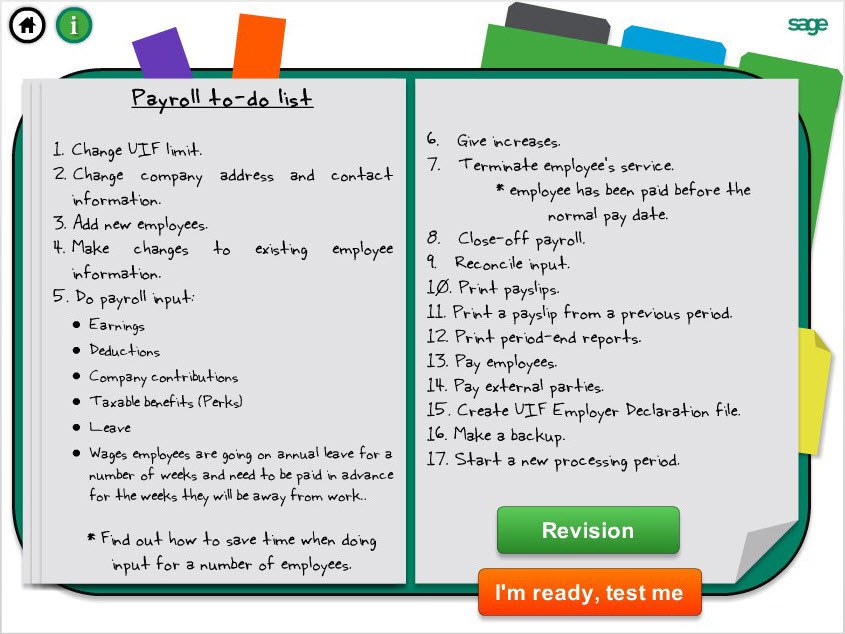The Importance Of Context In eLearning And How To Help Online Learners Contextualize
Building context is essential in eLearning. You can spend hundreds of hours building an eLearning course packed with features, clear navigation, and visual cues. All will be for naught if you haven’t considered the online learner’s perspective. Fail to analyze your audience and you could be pitching the detail too high, or even too low. You risk disengagement if online learners don’t understand why they are expected to absorb this information. If they can’t see how the eLearning course is relevant to their role, they will simply not engage. Building context from the first communication is vital in motivating your online learners.
Putting Learning In Context
Context is what provides the framework for the training. Why is this information important to the online learner? How is it meaningful? How will it help them and what value will it bring? Develop your eLearning course from a perspective that helps your online learners understand how it will help them improve. To develop a context in eLearning, you must connect the learning with an individual’s values, interests, motivations, and attitudes. This is more difficult when you are teaching a complex or technical topic. Searching for the real-life impact of gaining technical knowledge is the key to unlocking the online learner’s motivation. Help your online learner to really care about the subject by giving them a story they can relate to. Provide something to which they can make an emotional connection.
6 Tips To Help Online Learners Contextualize Information
The real key to setting the context in eLearning is storytelling and branching scenarios. Put your online learners in the picture, allow them to feel that the training is central to their role. Let them see how they as individuals fit in with the branching scenario. Then show how it will, in turn, improve their own experiences. While developing your eLearning course, bear in mind how it will engage and motivate online learners. They should see the eLearning course as an essential part of their personal development, a part they are keen to fulfill. Follow these 6 tips to help online learners to understand the context for their learning journey.
1. Analyze Your Audience
Take the time to understand your audience. You need to appreciate their perspective. This could include prior knowledge (or lack thereof), and any experience with eLearning. Make sure you consider demographics like diversity, language, and culture. It’s also wise to factor in their work duties and tasks to create resources that resonate with them on a personal level. Conduct surveys and focus groups to learn as much as you can about their needs and expectations.
2. Collect Online Learner Feedback
Gather as much feedback during the development stage as possible. Involve online learners early and often. They will be able to guide you to assess important aspects of the eLearning course, such as whether learning objectives are being met, if eLearning content is meaningful, etc.
3. Incorporate Self-Guided Study
Allow for gaps in knowledge by providing links to further reading, online resources or Subject Matter Experts. Give online learners access to an appropriate forum for social learning, so that they can learn from their peers. Allow them to ask questions and receive helpful answers. You can also invite them to host their own live events or forums to summarize the key concepts. Thereby, contextualizing the information and improving eLearning content comprehension for others.
4. Clarify Learning Objectives
Set out learning objectives and goals from the outset and link to them throughout. This will help online learners to understand how the eLearning course relates to their everyday role. It will be a powerful motivator to engage with the eLearning course. Add functionality to track individual progress; learning paths, progress bars and badges all help keep online learners interested.
5. Provide Real-World Examples
Real-world examples, case studies, and personal anecdotes evoke emotion and tie the subject matter into real-world situations. For instance, customer service employees can see how certain skills help them on the job. Thus, they’re more likely to actively participate, knowing that it will benefit them in the workplace. The key to creating contextual examples is to use characters online learners can relate to. It’s also crucial to explore the ‘why’ behind their motivations and actions. For instance, the reason why the character performs the task in a certain way.
6. Create Simulations To Put Knowledge Into Practice
Simulations are all about immersing online learners in virtual environments that mimic the real world. As a result, they’re able to apply what they’ve learned in a practical context. Ensure that your simulations feature relatable situations, characters, and challenges to enhance the engagement. You should also encourage online learners to reflect on the eLearning activity after the fact to improve understanding. For instance, what might they do differently in real life to fix their simulated mistakes? Which obstacles or problems will they be able to tackle with their newfound knowledge? Reflection allows them to connect the eLearning experience to their personal goals and gaps.
Having context in eLearning can be summarized as creating an environment that is familiar to online learners. It should show them what they, individually, will gain from the eLearning course. It recognizes the online learner’s background and their perspective on the eLearning experience. Providing context in eLearning unlocks the motivation and gives them a reason to connect with the eLearning course. eLearning content with no consideration for context will fail to engage an online learner on an emotional level. Topics which are heavy on technical terms, such as legal or compliance courses, must be especially aware of this risk. Above all else, remember that completion of an eLearning course is rarely the goal. Provide context in eLearning and you will drive engagement, connection, and behavior change.
Evoking positive emotions in online training plays a pivotal role in increasing employee engagement and motivation. Read the article 8 Tips To Foster Emotional Connectivity In Online Training to discover how to make online training personal and foster emotional connectivity in online training.









